Simple Fixes That’ll Make Your Well Water Taste Better
Well water is one of those things that can be great—or pretty gross—depending on what’s going on underground and in your system. If it tastes off, smells like sulfur, or leaves a weird film on your glass, don’t assume it’s just something you have to live with.
A few adjustments can make a big difference, and they don’t all require expensive filters or full system overhauls. Start with the easy stuff first, and work your way down the list if things still aren’t right.
Flush the System Regularly

Letting your well sit for long periods can make water stale or metallic. Flushing the system—especially after storms or extended non-use—helps push out that old water and clear out sediment that’s been sitting in the lines. You’ll get a noticeable difference in both taste and smell when the system’s moving.
Clean the Faucet Aerators
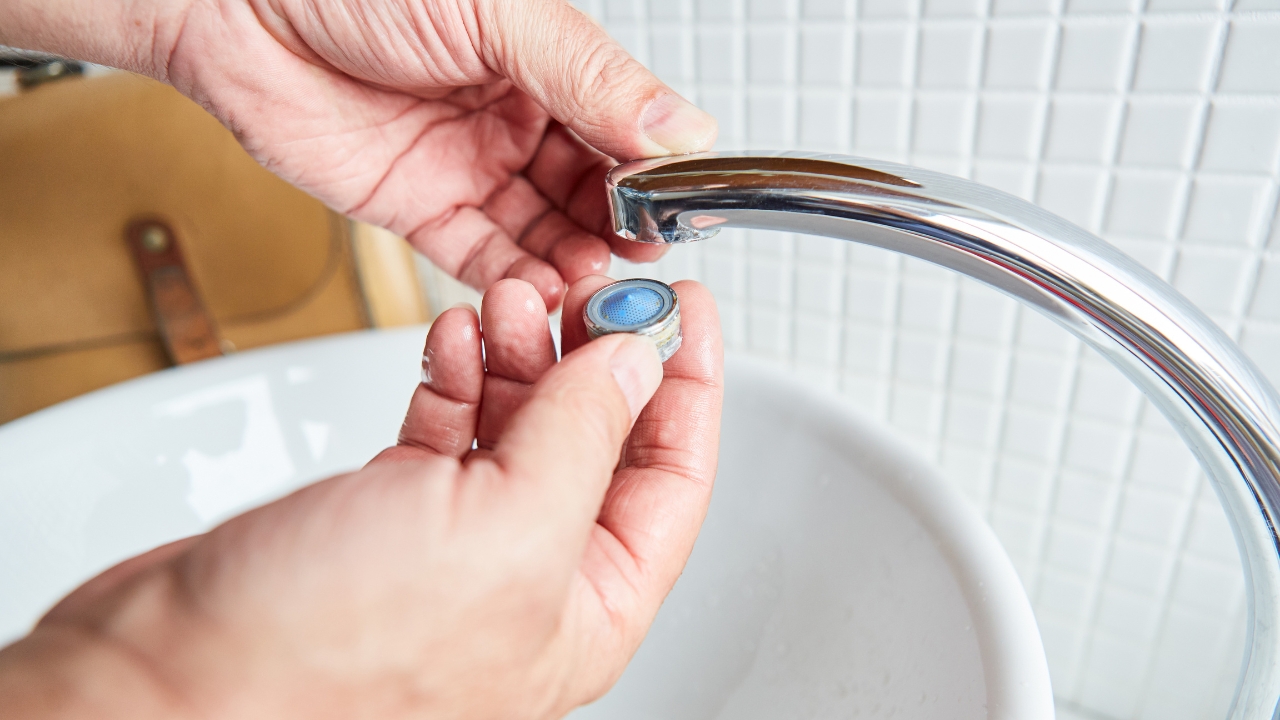
If your water tastes fine at the well but not at the tap, check your faucet screens. Mineral buildup, grime, and bacteria love to collect right where the water comes out. Unscrew those aerators, soak them in vinegar, and rinse them clean. It’s an easy fix that people skip.
Check for Iron or Manganese
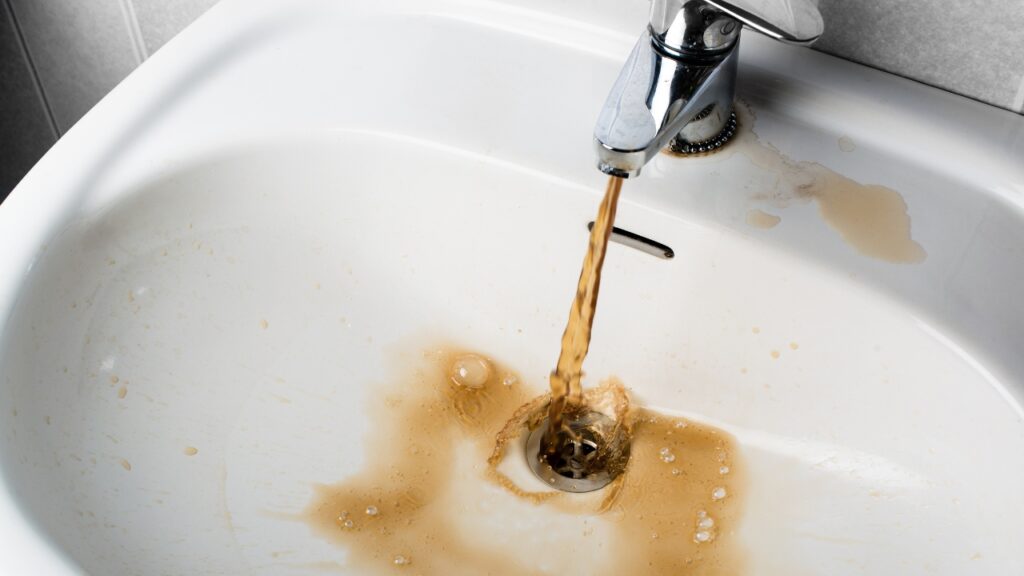
Even small amounts of iron or manganese can give your water a rusty or metallic flavor. If you’re noticing staining in sinks or toilets too, it’s probably time for a filter. A simple sediment or iron filter before the pressure tank can take care of a lot.
Add an Activated Carbon Filter

If your water smells like rotten eggs or tastes like dirt, a carbon filter might be enough. It helps with taste, odor, and some organic contaminants. You can install a whole-house version or even try a point-of-use one under the sink to see if it helps.
Treat for Sulfur Bacteria

That rotten egg smell usually points to sulfur bacteria, which can build up in your pipes, pressure tank, or even the well itself. Shocking the well with a chlorine treatment usually clears it up, but you’ll need to flush the whole system after. If it keeps coming back, it may need regular treatment.
Use a Sediment Filter
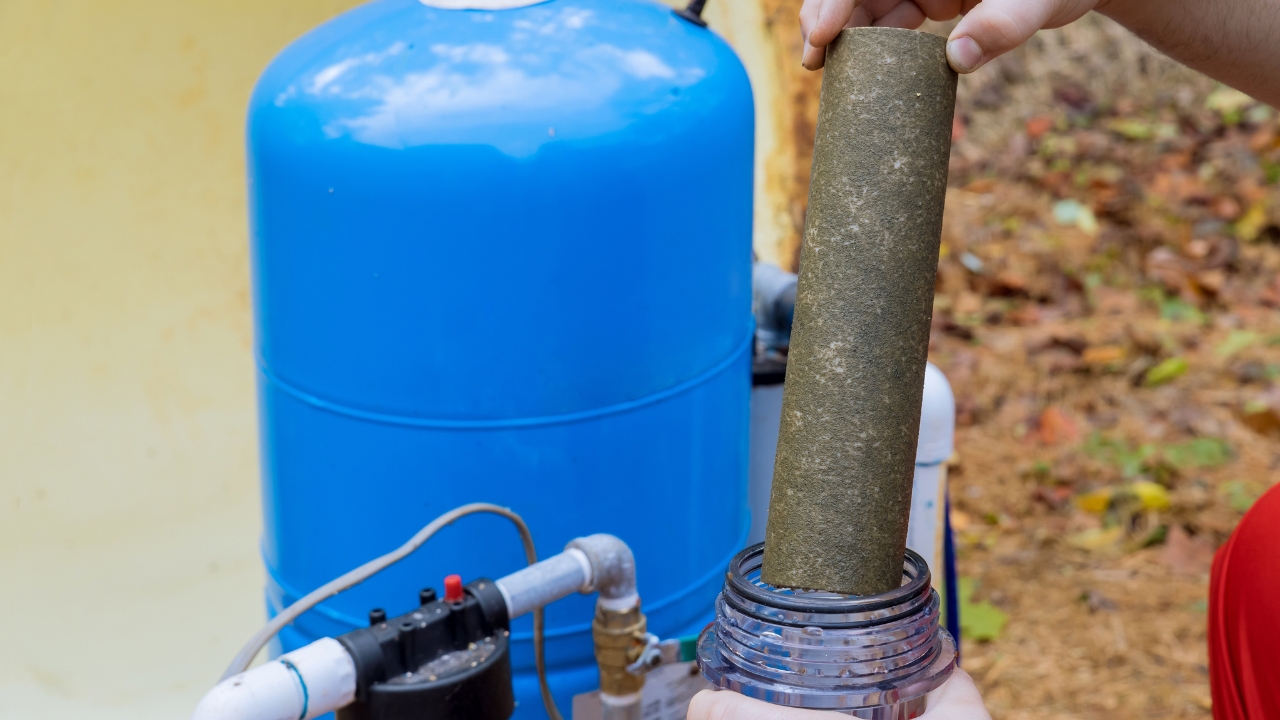
If your well pulls in sand, clay, or any fine particles, it can give the water a gritty or earthy taste. A sediment filter helps trap all of that before it reaches your taps. It also protects the rest of your plumbing, especially if you’re using appliances that rely on clean water.
Test the pH Balance
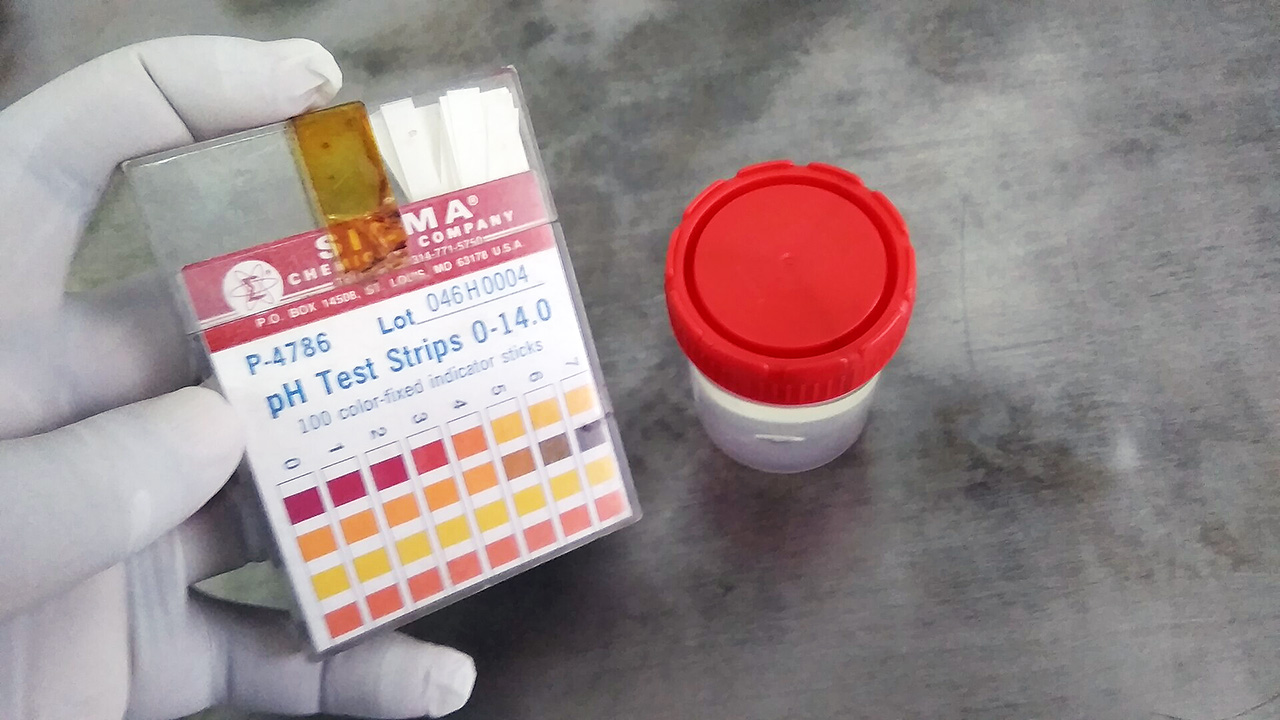
Water that’s too acidic or too alkaline can taste strange and damage pipes over time. It’s worth running a basic test to see where yours falls. If the pH is off, neutralizing filters or soda ash systems can help restore balance and improve taste.
Check Your Well Cap
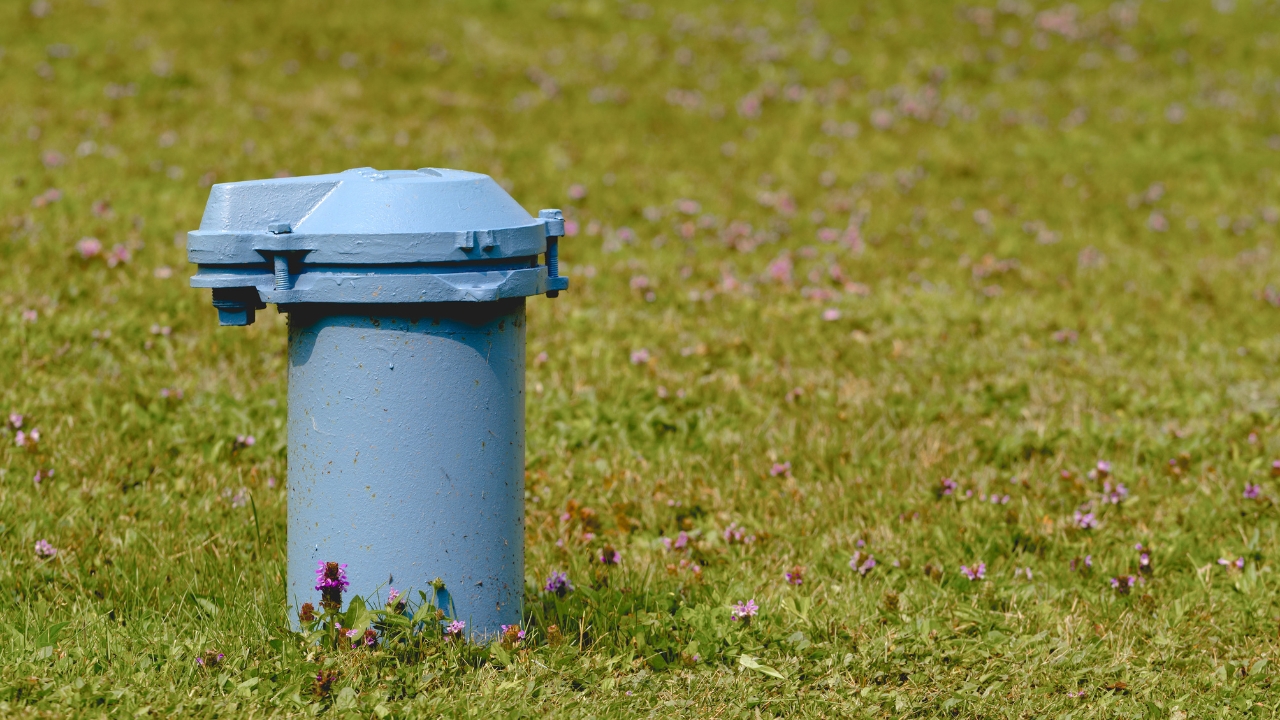
A loose or broken well cap can let in debris, bugs, or runoff that messes with water quality. Even something as small as ants or dust getting inside can affect how your water smells or tastes. It’s a five-minute inspection that could save you a lot of hassle.
Inspect the Pressure Tank

If the pressure tank is corroding or holding stagnant water, it can mess with taste before the water even hits your tap. Drain it out, flush it, and look for signs of wear or rust inside. You want clean, moving water—not stale tank water sitting for days.
Use a Water Softener (If Needed)

Hard water doesn’t always taste bad, but high levels of calcium or magnesium can leave a weird aftertaste and film. If you’ve got scale buildup on faucets or dishes, a softener can help. It won’t fix everything, but it can improve taste if hardness is the issue.
*This article was developed with AI-powered tools and has been carefully reviewed by our editors.







